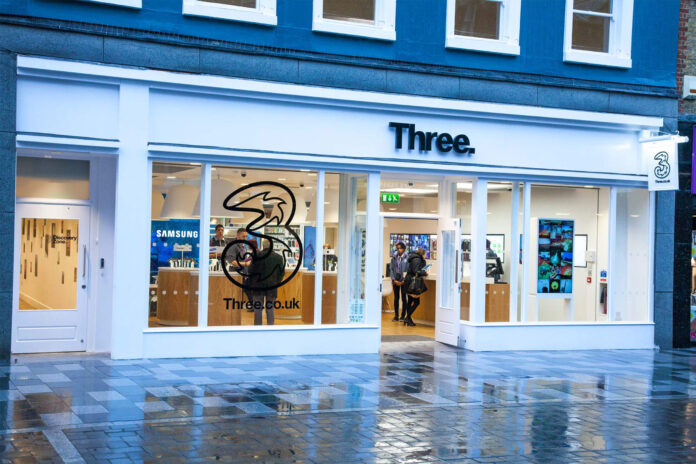Three UK selected Glasgow city center to assess how O-RAN technology performs in busy, high-traffic areas
O-RAN milestone in Glasgow – Three UK has completed the first phase of the U.K.’s first Open RAN deployment in a dense urban environment, installing 18 small cell sites in Glasgow city center.
Network gains demonstrated – The trial showed 4G and 5G speeds doubled at peak times, with 5G speeds reaching up to 520 Mbps.
Urban scale-up ahead – Backed by the U.K. government’s SCONDA project, Three UK now plans to expand to 34 O-RAN sites across Glasgow in the next phase.
Three UK said it has completed the first stage of what it claims to be the U.K.’s first deployment of Open RAN (O-RAN) technology in a dense urban environment.
In a press note, the U.K. carrier stated that the trial was designed with the aim of testing the viability of deploying O-RAN tecnology in a complex city setting.
For this specific O-RAN trial, Three UK selected Glasgow city center to assess how the technology performs in busy, high-traffic areas, “where integration with existing infrastructure and multiple technologies presents additional complexity”.
The telco installed compact O-RAN small cells on street furniture for the trial, which delivered positive results, according to the operator, as both 4G and 5G speeds doubled at peak times, with 5G speeds reaching up to 520 Mbps. Three UK also noted that the improved performance also helped ease congestion on surrounding network sites by increasing overall capacity.
Part of the SCONDA project, which is backed by the Department for Science, Innovation and Technology (DSIT), the recent O-RAN trial marks a major milestone for this technology in the U.K., as the telco highlighted that it’s the first time the technology has been tested in a high-footfall urban environment, building on earlier trials which had only taken place in rural locations.
Previous O-RAN trials had all been in rural locations, and there was additional complexity with deploying into a multi-vendor, multi-technology environment, the telco said.
Following this O-RAN trial of 18 live sites in Glasgow, the project will now move into its final deployment phase, which stipulates the deployment of a total of 34 O-RAN small cell sites across Glasgow’s city center.
Iain Milligan, chief network officer at Three UK, said: “This is the U.K.’s first O-RAN trial to tackle the real-world complexity of a dense urban environment. Urban deployments bring a different level of technical and operational challenge compared to rural environments. We’ve had to navigate integration with legacy systems, security layers, and evolving software – all while delivering measurable improvements for customers. The trial results are encouraging and provide a strong foundation for further scaling and optimization of O-RAN in cities.”
In January, Three UK had chosen Ericsson to develop its next-generation cloud-native core network.
Ericsson had noted that this initiative will result in Europe’s largest core network, with capacity expanding more than threefold to 9 terabits per second (Tbps).
In December 2024, data usage on Three’s network exceeded 2 Tbps. This milestone was achieved just over two years after the network reached 1 Tbps, a benchmark that took nearly two decades to attain, Ericsson said. The surge in data usage reflects the growing demand for streaming, gaming and home broadband services, according to the Nordic vendor.
The new core network, based on Ericsson’s dual-mode 5G Core technology and supported by its Cloud Native Infrastructure solution, will leverage Three’s nationwide distributed data center network. This setup will bring the core network closer to users, potentially reducing latency and improving performance, the vendor said.
Ericsson also noted its core network technology offers operational benefits, including the ability to scale capacity to meet future demands; improved network stability with reduced downtime; enhanced network insights to manage traffic more effectively; the capability to perform software upgrades without disrupting network operations and improved energy efficiency through advanced technological upgrades.

